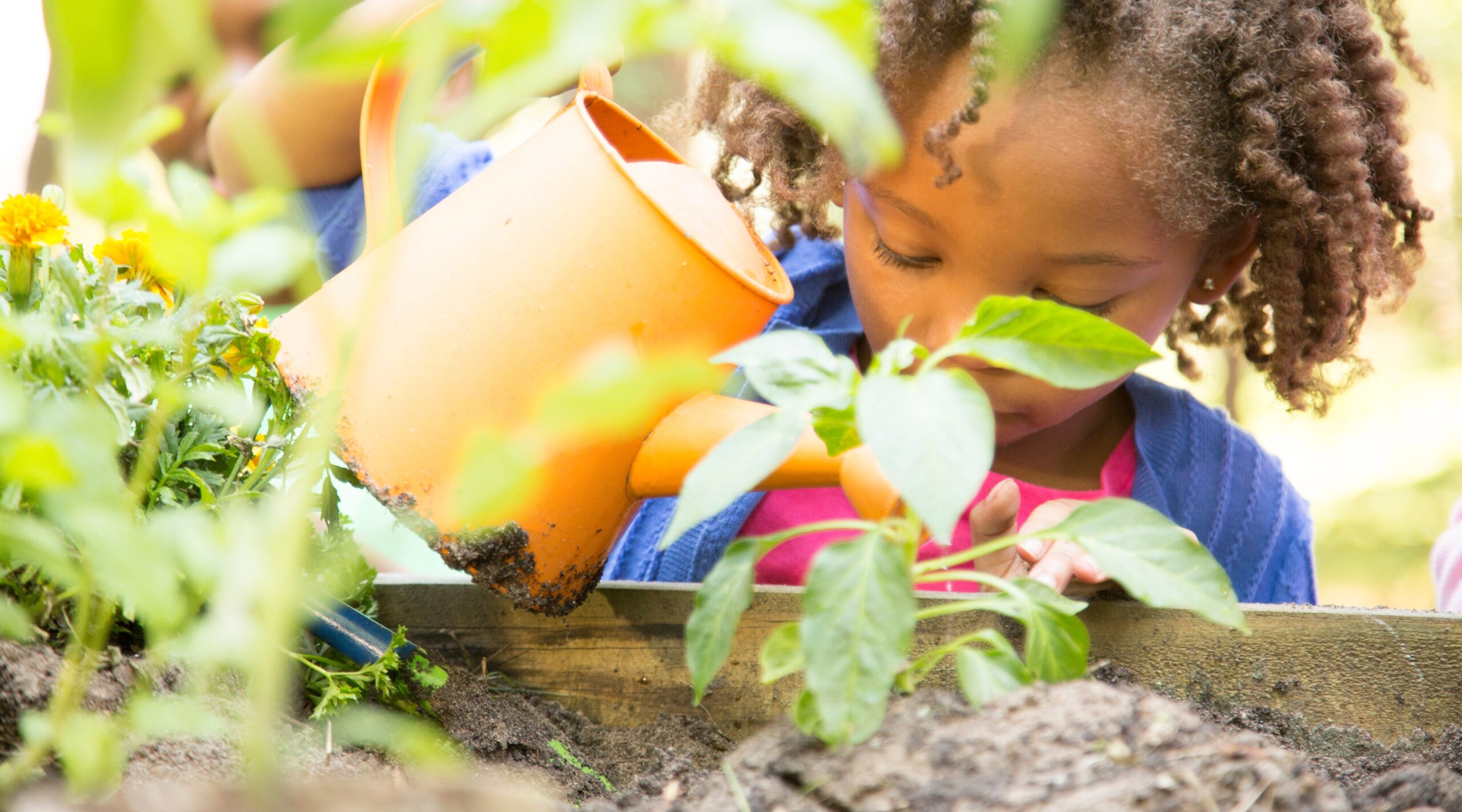
A Year of Mindfulness and Gardening: Nurturing Serenity Through Each Season
In an era of digital overload and perpetual movement, an increasing number of individuals are discovering tranquility in two remarkably simple yet transformative activities: mindfulness and gardening. At first glance, they may seem disconnected—one focused on inner awareness, the other rooted in physical labor. However, when combined, mindfulness and gardening create a robust synergy: a pathway to reconnect with the present, with oneself, and with the natural rhythms that quietly shape our existence.
For gardener and mindfulness instructor Sylvia Clare, the interplay between the two has blossomed into a personal philosophy. Her garden, sprawling over two-thirds of an acre, serves not only as a haven for pollinators and woodland life but also as a canvas for emotional healing, an educational space for spiritual insights, and a living guide to presence, patience, and impermanence.
Creating a Living Ecosystem
Upon moving to her current residence eight years prior, Sylvia encountered a garden devoid of ecological life. By relocating over 500 plants and trees from her former home, she initiated the shift from a barren lawn to a flourishing ecosystem. With diverse landscapes—from boggy woods to arid areas favoring pollinators—the garden fostered not just plant life but also symbiotic growth for Clare’s spirit.
The outcome is a vibrant tapestry of microclimates, carefully cultivated not for flawless aesthetics, but for vitality. Each bed, border, and bench embodies thoughtfulness and a bond with the earth.
Mindful Gardening: More Than Routine, A State of Being
One of the most significant threads in Clare’s practice is mindfulness—not merely towards the plants or horticultural tasks, but towards the mind engaging in them.
“Where is your mind when you are gardening?” she inquires. It’s a thought-provoking question. Frequently, we engage in activities—pruning, planting, raking—without genuine connection to the process. Mindful gardening invites us to immerse ourselves in these experiences, to be attentive with every thrust of the spade, the aroma of rich soil, the whisper of leaves in the breeze.
This level of awareness proves to be not only soothing but also therapeutic. For Clare, gardening serves as a remedy and sanctuary from the reverberations of PTSD. “It is my creativity, my imagination,” she expresses. “My calming and soothing balm for an often troubled mind and emotional system.”
The Garden as a Mindfulness Teacher
Throughout the seasons, Sylvia’s garden exemplifies life’s broader cycles. The marshy area, marked by drainage channels and fed by a stream, acts as a quiet reminder of nature’s cycles of nourishment and renewal. The somewhat wild woodland, adorned with a secluded Buddha statue and shaded stone benches, becomes a sacred haven for reflection in both summer warmth and winter chill.
Amidst the shifting flora, from early hellebores and snowdrops to summer’s foxgloves and ferns, she witnesses emotional shifts, colors either clash or blend, prompting insights that transcend mere aesthetics. The continuous evolution of the space aptly embodies the Buddhist teaching of impermanence—nothing remains static, and within that reality lies both hope and humility.
Composting as Meditation
Compost, commonly viewed as just a gardening process, emerges as a meaningful metaphor in Clare’s life. The act of turning compost—layering horse manure, nettles, green clippings—serves as a reminder of transience and metamorphosis. Within the decaying material that will nourish future blooms, there is recognition of decay as a vital component of growth.
One day, while lifting the lid of a compost bin, Clare observes both living and deceased woodlice, stating, “Birth, growth, and death are all part of this same cycle…and the more we comprehend that, the more freely we can exist without fear of death.”
The Practice of Letting Be
Gardening on this scale does bring its challenges. When plants grow too rapidly, or when weeds appear unrelenting, Sylvia resorts to mindfulness to escape the feeling of overwhelm. It becomes evident: the answer is never in force, but in flow. One task at a time. One moment at a time. Winter, when growth halts and the ground lies dormant, imparts its own wisdom—the understanding that rest, too, is holy.
Helping Nature Help Itself
Crucially, the garden is cultivated not just for human pleasure. Wildlife has an equal right to this haven. Brush and log piles are scattered among perennial beds, preserved as vital winter habitats for insects and amphibians. Fallen leaves are left undisturbed to return to the earth, nourishing a network of microorganisms crucial for thriving life. Every minuscule detritivore plays a role in a broader interconnected ecosystem.
The Mindful Gardener: A New Book, A New Journey
This lifelong dialogue between the inner and outer garden is now documented in Clare’s new book, “The Mindful Gardener”. More than a guide to gardening or meditation, it extends an invitation—to slow down, to breathe, to feel your hands in the earth and your feet grounded on the ground.